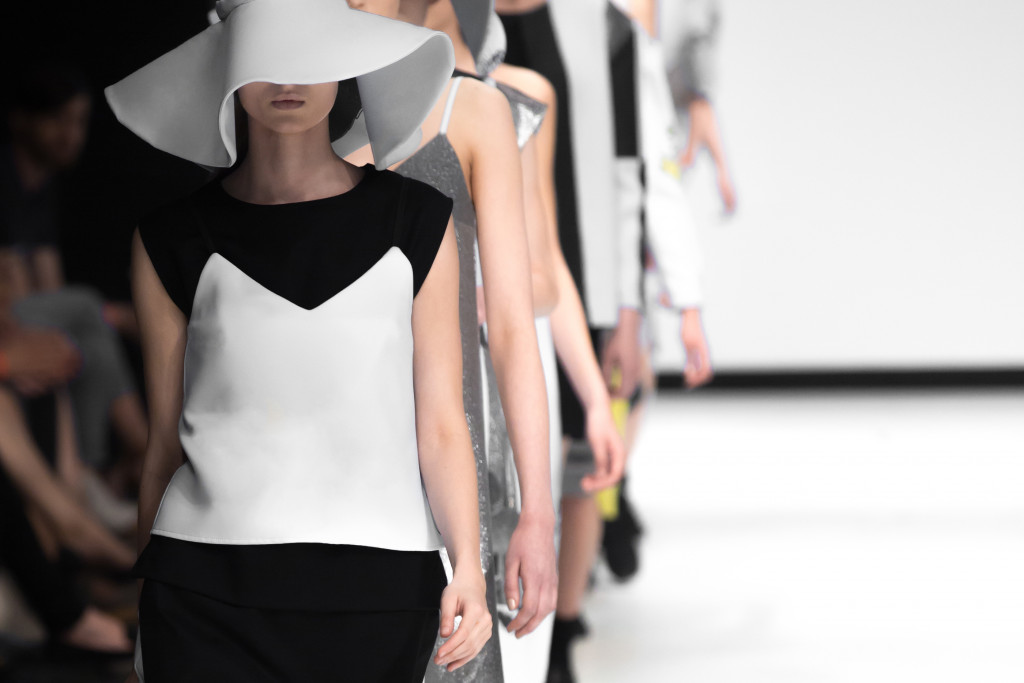The role of technology has introduced massive developments in almost any industry, and fashion is no exception. Fashion has been at the forefront of innovation, from the advent of sewing machines to smart, high-tech apparel. The global fashion market has witnessed significant developments in the last decades, and the industry is predicted to be valued at $765 billion by 2022.
Like other industries, technology has changed the way how clothing manufacturers and fashion brands operate. It has provided designers unlimited possibilities and has developed and refined the manufacturing processes. One example is the revolutionary line of automatic heat press machines that provides unparalleled consistency and superior results from a variety of garments.
Today, technology has transformed the way people create, design, market, and shop in the fashion industry. Companies are adapting to clothing innovations to meet the growing expectations of their consumer base. With all the emerging trends in the fashion world, it only makes sense to identify the potential tech advancements that will affect fashion businesses. That being said, here are the emerging tech trends that will change the future of the fashion industry.
Novel fabrics
Novel fabrics are taking the fashion industry by storm and will likely change the way brands appeal to sustainability.
This trend began when designers are using questionable materials in their products, such as eco-friendly leather. To address this concern, startups such as EntoGenetics are turning to super-strong spiker silk as a fabric source, while Modern Meadow is creating lab-grown and cruelty-free leather. Meanwhile, Lululemon, Adidas, and other prominent fashion brands will be using a mushroom-based leather substitute in their lineup by 2021.
Tech companies are also bringing health and wellness to the clothing industry. Bio-ceramic sleepwear combines body heat to create far-infrared radiation to improve circulation, reduce inflammation, and enhance the body’s recovery rate.
Novel fabrics are also making color-shifting apparel possible. If you’re familiar with Hypercolor t-shirts and mood rings in the 90s, their modern iterations have become more sophisticated. MIT researchers create ColorFab 3D, a system that prints 3D objects using “photochromic inks” that when exposed to certain UV light wavelengths will cause the fabric to change its color.
Digital shopping
With the COVID-19 pandemic going on, people are going digital to access their essentials. Fashion retailers are following suit by taking advantage of their online platforms to change how they sell their products and services.
As people recognize the speed and convenience of online shopping, consumers now prefer to shop for their clothes online without seeing the product in person. Meanwhile, skeptical shoppers refuse to follow suit because traditional shopping allows them to see and inspect the product in person.

Brands are responding to this by creating a more immersive virtual shopping experience than just selling clothing online. For example, e-commerce is increasing conversion by allowing online shoppers to see the product in 3D form.
The virtual reality experience, such as virtual fit, virtual stylists, and virtual showrooms has allowed customers to virtually try on products without leaving their homes. Combining technology and fashion, Zeekit is one of the first tech companies to develop a virtual fitting room where customers can see themselves in any clothing found online. Major brands, such as ModCloth, Macy’s, and Adidas, are turning to virtual changing rooms in the hopes to become a technology mainstream.
Virtual fashion shows will also invade the fashion marketing sector. Fashion brands are pushing their digital efforts to influence customers who prefer physical purchases. Fashion shows will also go digital and use 3D avatars to manufacture, test, and showcase their designs. This will allow customers to be involved and help designers test their ideas before the actual creation.
Simplified fashion
The economic challenges brought by COVID-19 pushed fashion brands to rethink how they manufacture their product, in terms of style and delivery. Before, fashion brands produce eight collections every year, which resulted in fully booked fashion show schedules and month-long delays before an item gets released.
From eight collections, designers will now produce two collections per year by combining two seasons in one release: spring/summer and fall/winter. This simplified approach will prioritize customers by producing appropriate pieces for the season.
Simplified fashion will also save the environment and reduce costs dedicated to marketing campaigns. The quick transition between seasonal collections forced fashion brands to spend more on fashion shows and marketing campaigns. By simplifying collections, companies will minimize their waste as well as the expenses involved in producing new designs.
Technology trends have offered interesting opportunities in the fashion industry. With brands and companies expanding in different fields, technology has proven its role in creating a positive customer experience. As the fashion industry continues to embrace technology, we will likely witness more developments that will transform customer demands and trends in the near future.

